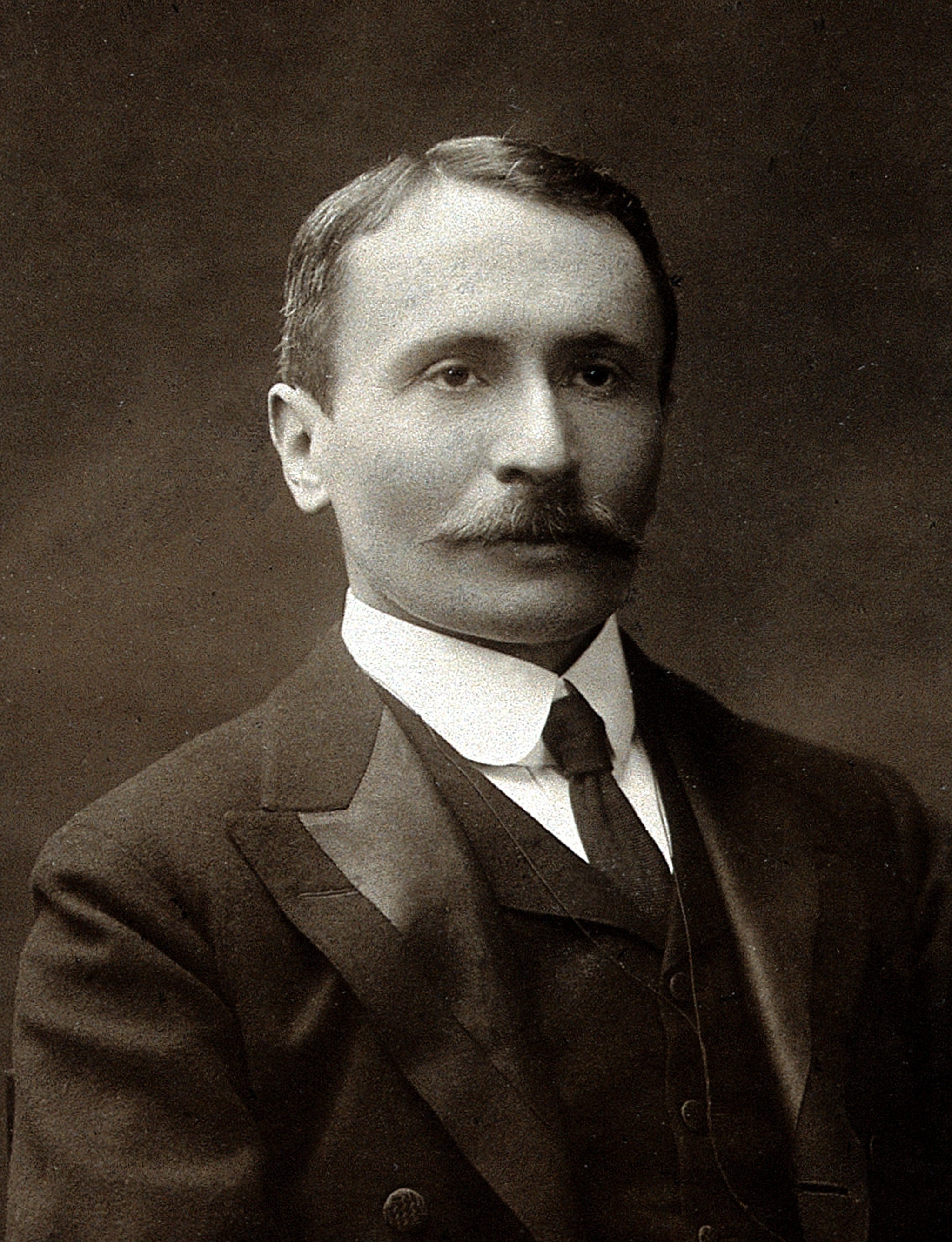His attention had already turned to Inner Asia at the end of the 19th century: a special meeting point for the civilisations of the ancient world, thanks to the Silk Road, a network of trade routes that ran along the edge of the Taklamakan Desert and linked Europe to Asia.
The unique achievements of his three successful archaeological expeditions have made him justly world famous. He set out on his first expedition to Inner Asia in 1900, making significant archaeological and geographical discoveries, returning the following year. His second expedition (1906-1909) was more extensive in space and time, bringing unprecedented scientific success and numerous awards. On his third expedition to Inner Asia (1913-1916), he reached as far as the Gobi Desert.
Afghanistan and the ancient Bactria region were also coveted research areas, and he was finally granted a research permit in 1943. Although he reached Kabul, he was unable to start his research due to ill health. He died in Kabul on 28 October 1943, aged 81, and his grave is in the Christian cemetery in Kabul.
Aurél Stein left behind a lasting legacy as a polyhistor who enriched modern science with universal values through his holistic cultivation of archaeology, philology, art history, geography, cartography and cultural anthropology.
Rita Jeney is an archaeologist, Indologist and Associate Professor at Bhaktivedanta College
Zoltán Wilhelm is a geographer, habilitated associate professor (University of Pécs), director of the Asia Centre, former director of the Hungarian Information and Cultural Centre in Delhi

